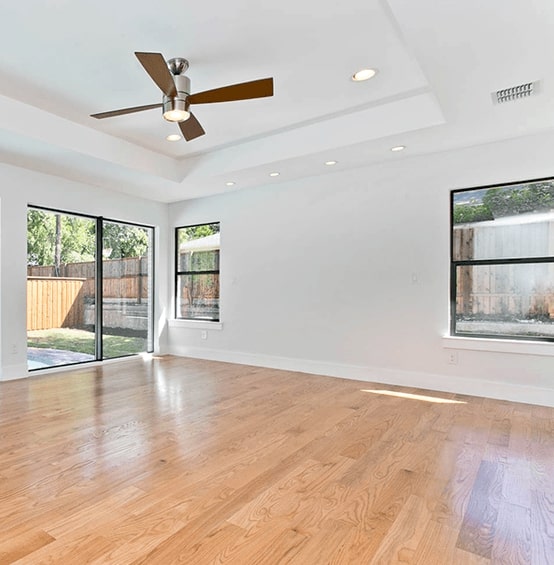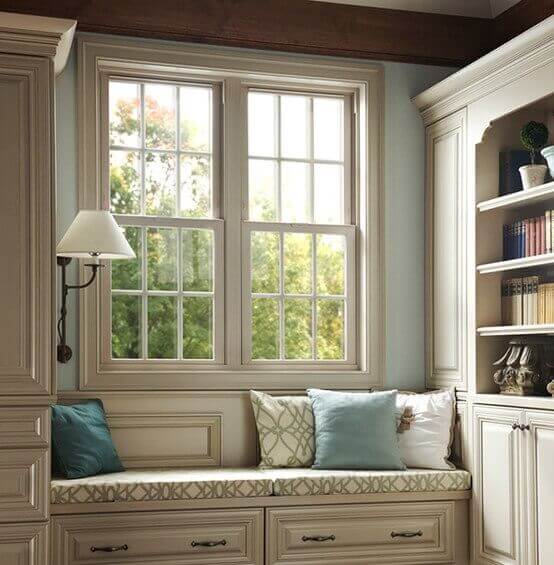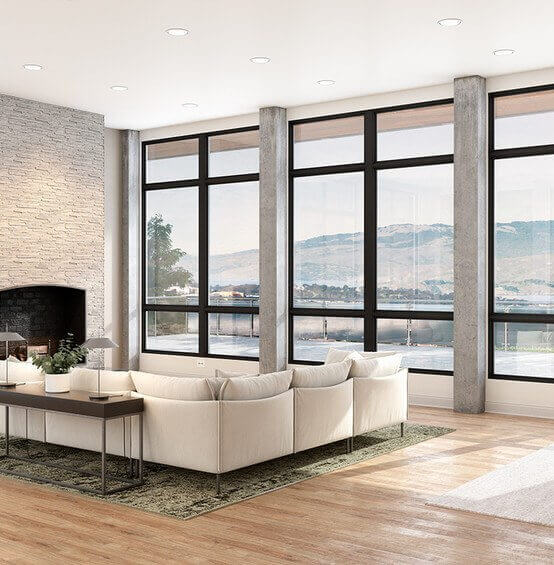
In the ever-changing world of architecture, window designs have seamlessly transitioned from mere functional elements to vital aesthetic components. The story of this transformation is especially evident when one considers the progression of replacement windows Santa Ana, CA. Windows has come a long way from its initial practical roles to its current status as an essential features influencing a structure’s overall appeal and efficiency. As we navigate through this narrative, we’ll uncover the various stages of their evolution, highlighting how they continue to redefine contemporary living spaces.
Historical Beginnings
In ancient civilizations, windows were primary openings in a dwelling, designed to let in light and air. Over time, as construction techniques improved, these simple apertures became more sophisticated—glass, stone, and wood combined protection from the weather with visibility and ventilation. The desire for safety and the need for natural illumination led to the development of intricately designed wooden grilles and glass-paneled openings in various parts of the world.
Artistic Flourishes
As societies progressed, so did the desire to beautify architectural elements. Windows transitioned from purely functional components to canvases for artistic expression. Stained glass windows of medieval Europe, often found in churches and cathedrals, showcased narratives and served as a medium for storytelling. Similarly, other cultures began using detailed carvings, colorful glass, and unique shapes to make their windows stand out, adding character to structures.
Technological Advancements
With the Industrial Revolution and the advent of newer materials and techniques, window designs underwent a significant transformation. The introduction of steel allowed for larger panes, leading to the creation of expansive and clear views. Advancements in glass technology brought about features like double glazing and tempered glass, which enhanced insulation and safety. This era marked the shift towards windows catering to aesthetic appeal and functional efficiency.
Sustainability Shifts
In the 21st century, with growing concerns about environmental sustainability, the focus has shifted towards creating energy-efficient window designs. Modern designs use low-emissivity (Low-E) glass and inert gas fills to minimize heat loss and maximize natural light utilization. Moreover, recycled and eco-friendly materials are now more frequently employed in window construction, reflecting a global movement towards greener architecture.

The Age of Smart Windows
As we enter the digital age, window designs embrace technology like never before. Electrochromic technology allows users to adjust the transparency of their windows with a simple touch. At the same time, integrated solar panels transform windows into power sources. Sensors and automated systems can now control window shades and openings based on environmental conditions, ensuring optimal indoor comfort without manual intervention. This era showcases the harmonization of traditional architectural elements with cutting-edge technology.
Throughout architectural history, window designs have evolved and significantly influenced how we perceive and experience spaces. The narrative of replacement windows in Santa Ana, CA, highlights this evolution most vividly. As we reflect upon this transformative journey, we recognize the pivotal role played by pioneers in the field. Can-Do Windows & Doors has been at the forefront, merging tradition with innovation. Suppose you’re looking to embrace the best of this evolution in design. In that case, we invite you to collaborate with Can-Do Windows & Doors and redefine the essence of your spaces.




